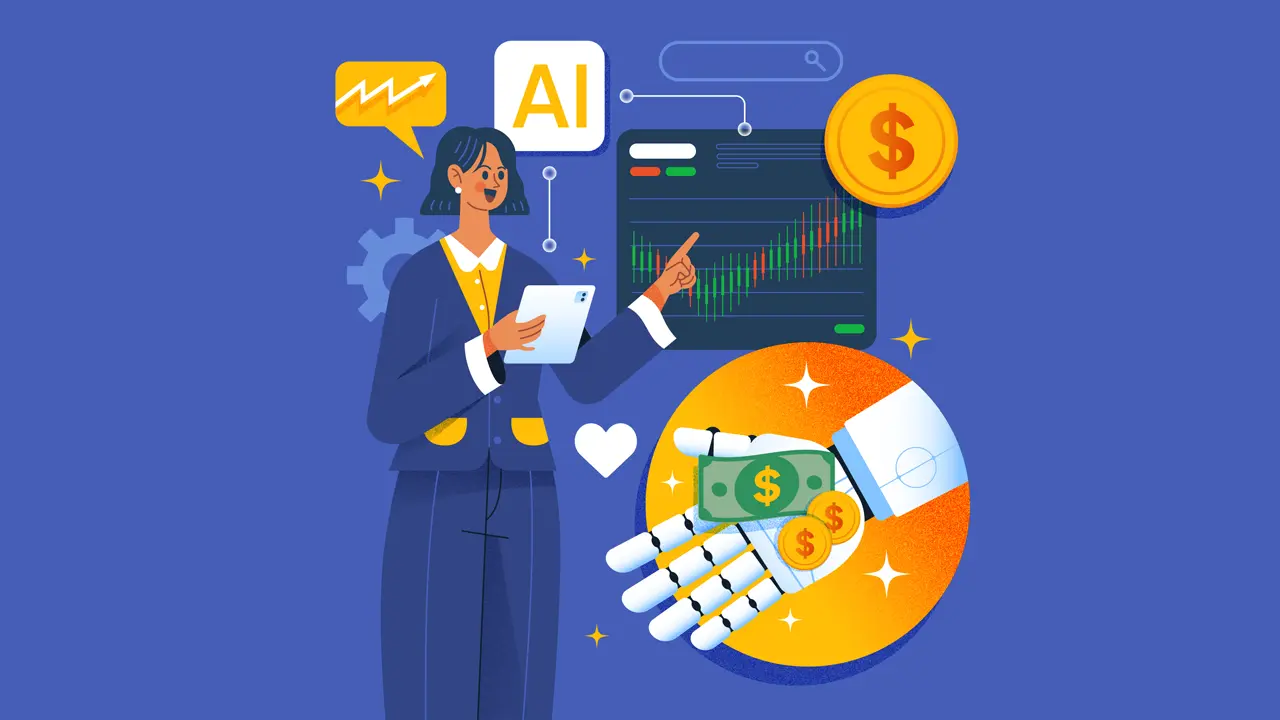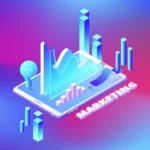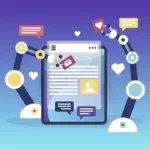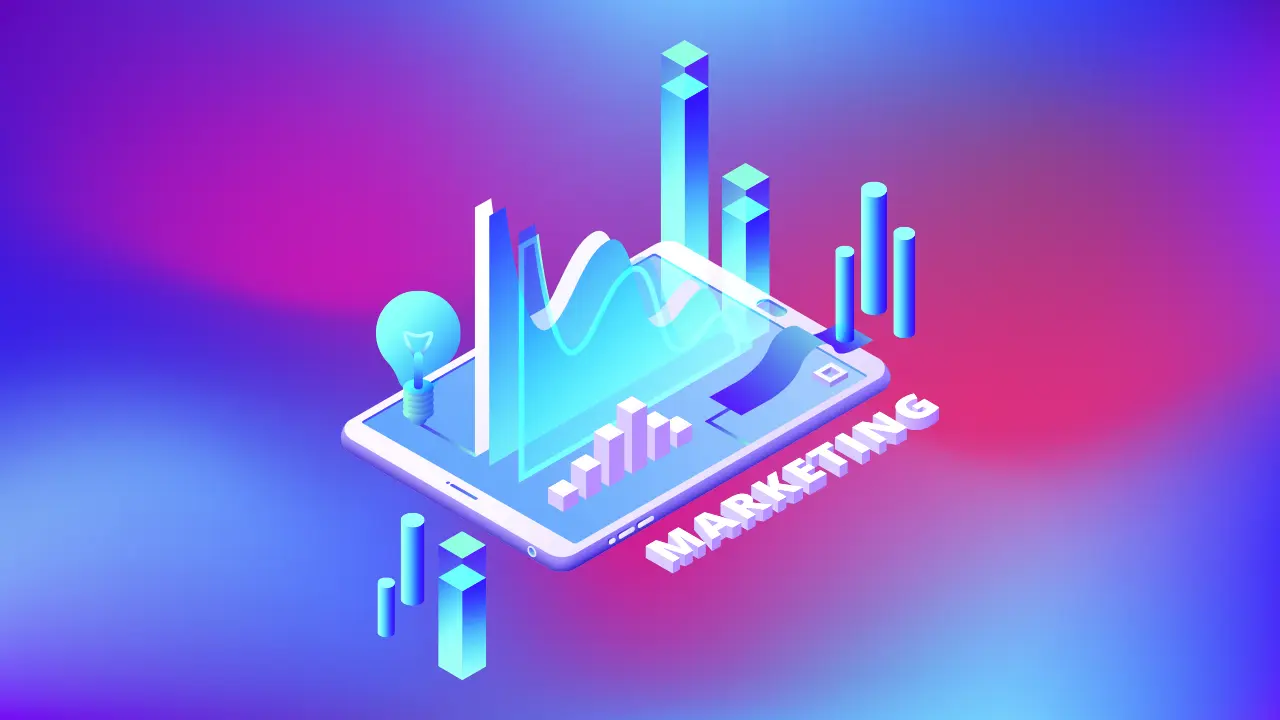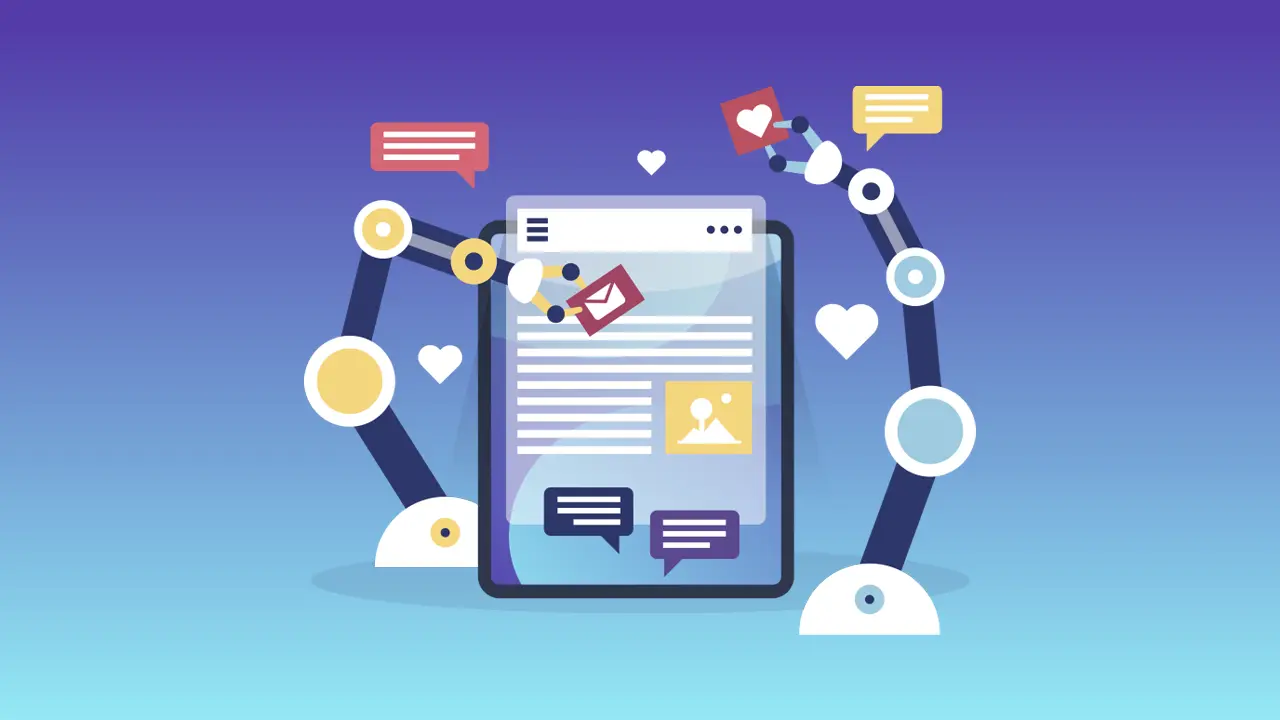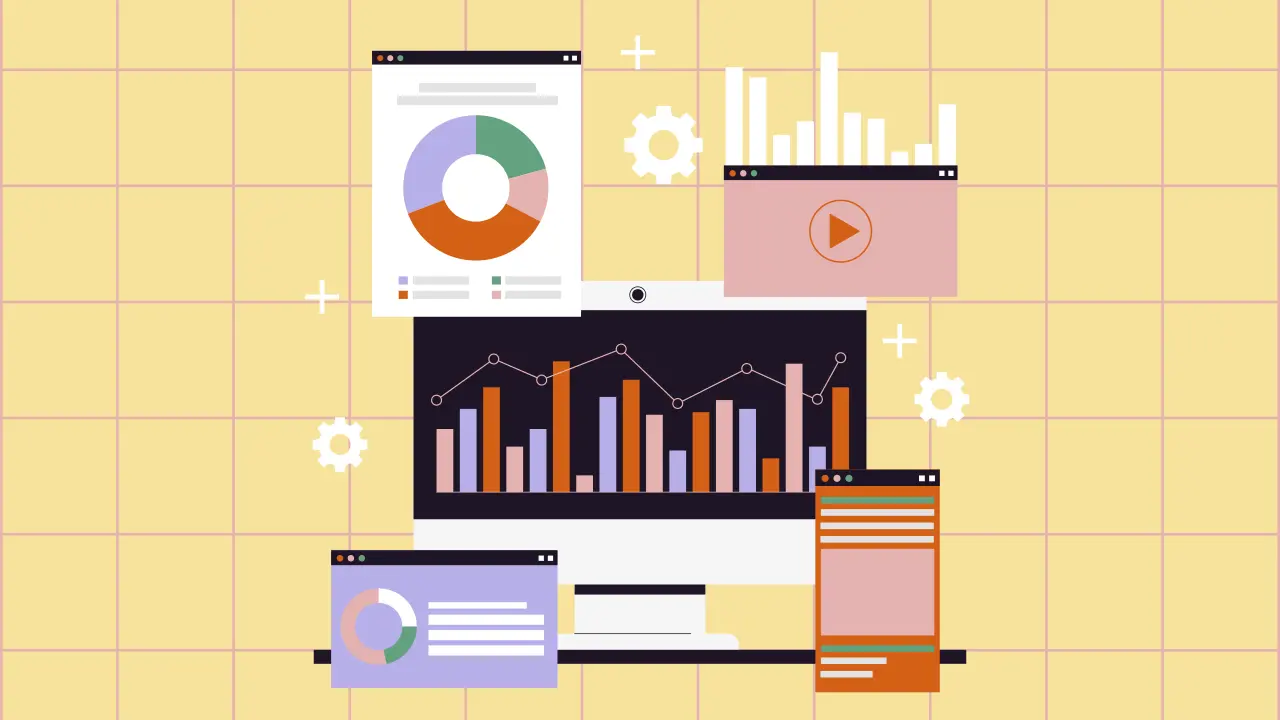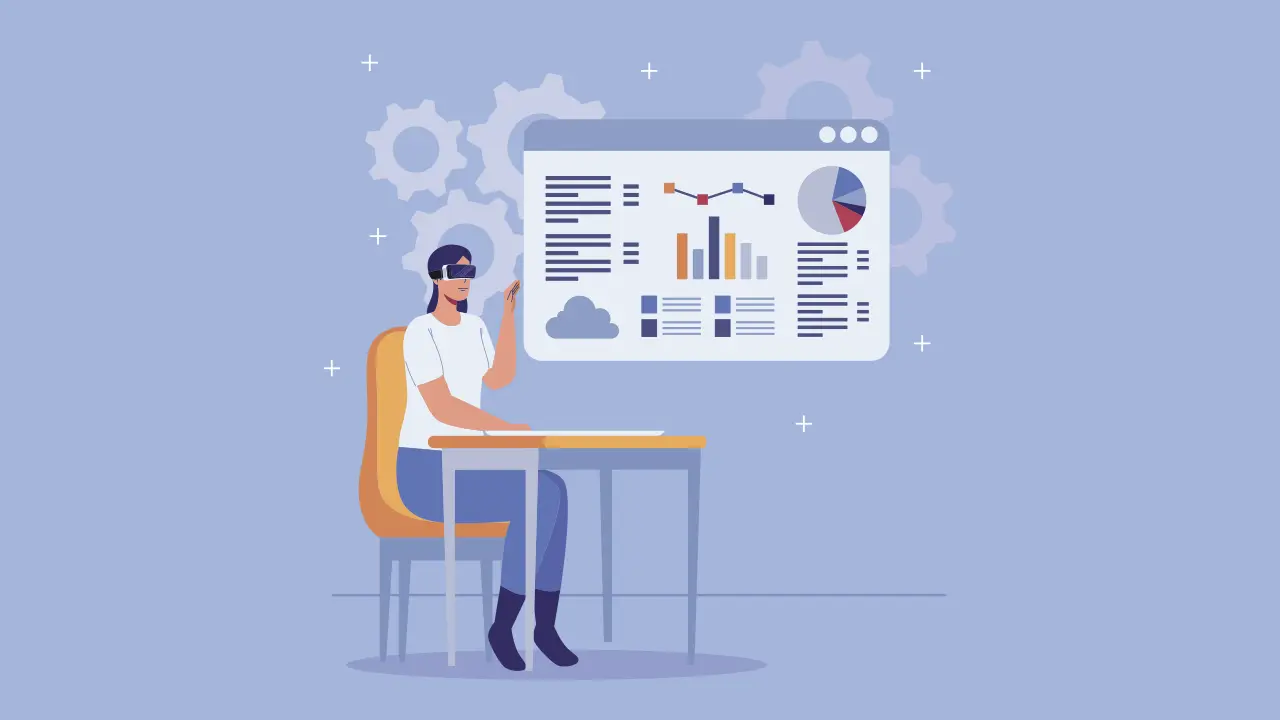In today’s fast-paced digital economy, mastering AI lead generation is a strategic necessity.
Whether you run a startup or manage an enterprise sales team, using AI to find, score, and nurture prospects helps you work smarter and close more deals.
This guide explains how to use AI lead generation effectively while integrating it with AI sales software and digital marketing for maximum impact.
What is AI lead generation and why it matters

AI lead generation uses automation and machine learning to discover, qualify, and engage potential customers.
Instead of manually prospecting, AI analyzes data patterns, online behavior, and intent signals to surface prospects with the highest likelihood of conversion.
Key benefits of AI lead generation
- Higher lead quality: AI identifies prospects that match your ideal customer profile.
- Better scalability: You can automate lead sourcing, scoring, and follow-ups without scaling headcount.
- Improved efficiency: Repetitive tasks like enrichment and routing are handled automatically.
- More accurate forecasting: Predictive models help sales teams prioritize high-value opportunities.
Plan your AI-powered sales and lead generation strategy

The foundation of effective AI lead generation starts with clean, connected data and clear sales alignment.
Define your ideal customer profile
Identify the characteristics that define your most valuable customers.
Feed those traits into your AI tools so they can automatically detect and prioritize leads that fit the same profile.
Connect and clean your data
AI tools depend on accurate and unified data.
Ensure your CRM, analytics, and marketing automation systems are synchronized so the AI can draw accurate insights from every interaction.
Choose the right tools
Adopt AI sales software that integrates with your CRM and provides clear, explainable scoring.
Look for features like real-time intent tracking, lead enrichment, and personalized outreach recommendations.
Practical ways to use AI for sales and lead generation
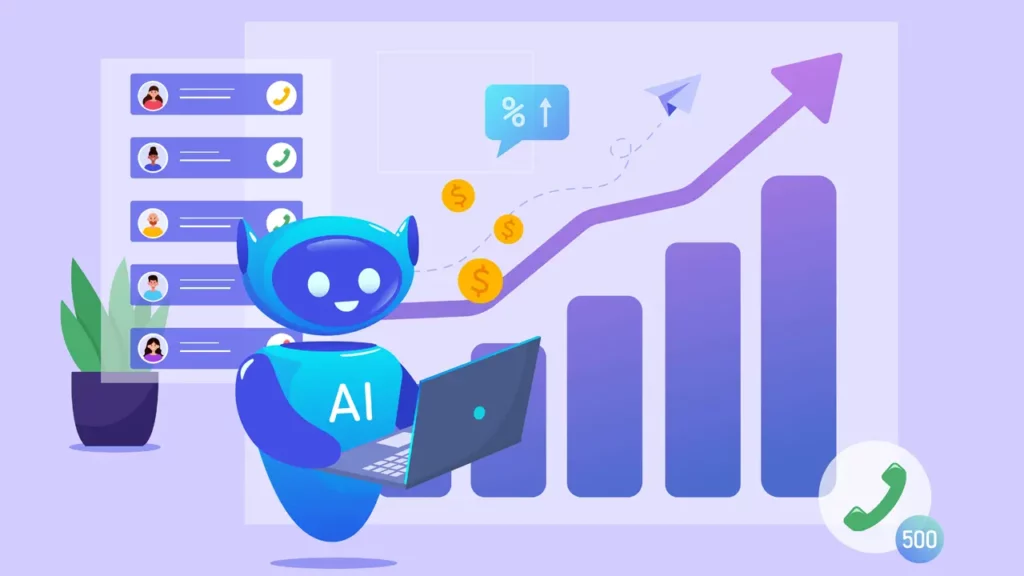
Lead scoring and qualification
Train AI models on your past deals to identify what successful conversions have in common.
The system can then automatically score and rank incoming leads, allowing your sales team to focus on the ones most likely to buy.
Prospecting and enrichment
AI tools can scan public data sources, social platforms, and websites to find new prospects that match your criteria.
They can also enrich existing records with additional company and contact information for more targeted outreach.
Personalized outreach
AI can help create dynamic and personalized messages for each lead.
From customized email subject lines to tailored sales scripts, AI ensures that communication feels relevant and human — not generic.
Conversational AI and chatbots
Integrating chatbots on your website allows real-time interaction with visitors.
These bots can capture contact details, qualify intent, and even book meetings for your sales team, ensuring no opportunity slips away.
Predictive analytics and forecasting
AI doesn’t just help you find leads — it helps you anticipate trends.
Predictive analytics can estimate which leads are most likely to close, forecast future revenue, and flag accounts that might churn before they do.
Integrate AI digital marketing with sales
For AI lead generation to deliver consistent results, your marketing and sales teams need to work as one.
- Sync lead scoring between departments so that a high-quality marketing lead transitions smoothly to sales.
- Use AI to optimize ad campaigns, tailor website content, and personalize landing pages to attract the right leads.
- Feed back performance data into your AI models to improve future targeting and message accuracy.
The combination of AI digital marketing and sales automation creates a self-learning ecosystem that continually refines its outreach and increases your conversion efficiency.
Measure performance and improve over time
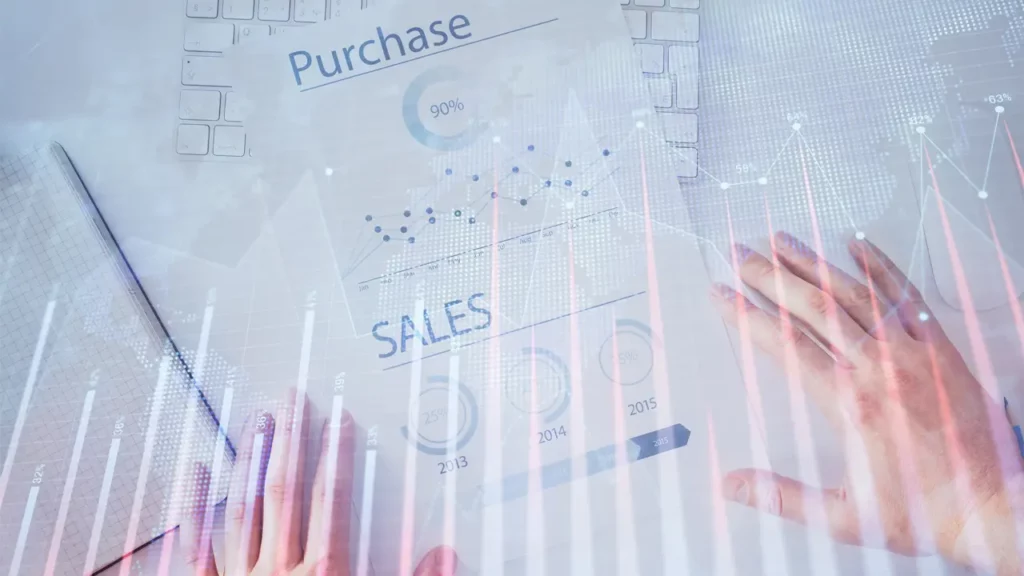
You can’t improve what you don’t measure.
Track these key metrics to understand how AI lead generation is impacting your sales process:
- Lead-to-opportunity conversion rate: How many leads become sales-qualified opportunities.
- Lead velocity: The time it takes for leads to move through your funnel.
- Cost per lead (CPL): The efficiency of your campaigns and automation systems.
- Revenue growth: Ultimately, your AI should contribute to bottom-line results, not just top-of-funnel volume.
Regularly audit your data, retrain your AI models, and test new outreach strategies.
AI thrives on iteration — the more it learns from your business, the better your results become.
Beyond sales: AI and creative automation
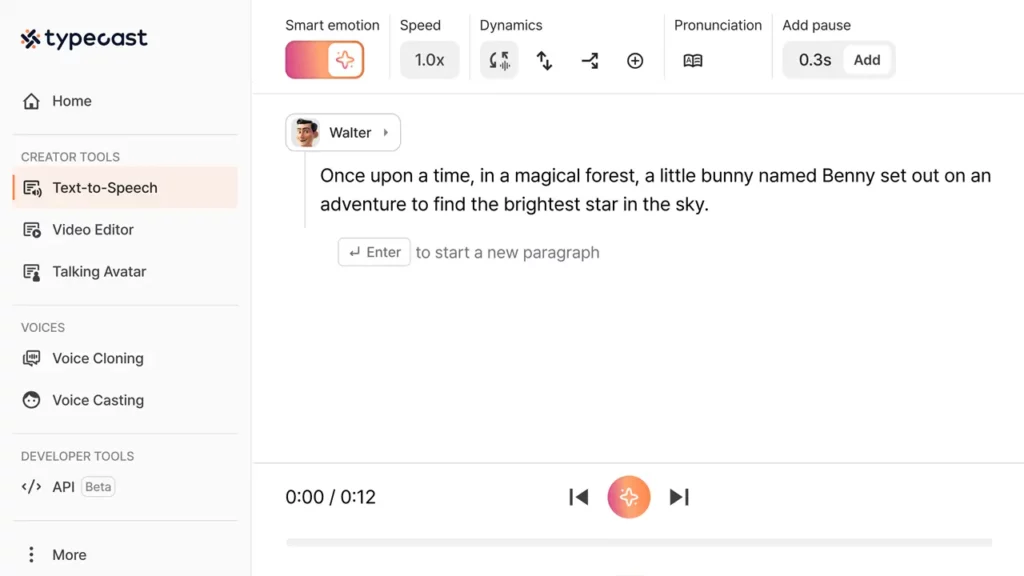
AI isn’t limited to lead generation alone.
For example, you can enhance your content strategy using an AI voice generator like Typecast, which transforms written content into natural, expressive audio.
Adding voice-driven storytelling to your sales and marketing materials can significantly increase engagement, particularly for product demos, podcasts, and social videos.
The future of AI lead generation
The future of AI lead generation will revolve around deeper personalization and predictive intelligence.
As AI models grow more sophisticated, they’ll not only identify potential customers but also predict their next move — when they’re ready to buy, what channels they’ll respond to, and what message will convert them best.
Businesses that embrace AI now will not only gain efficiency but also secure a competitive edge in understanding and serving their audiences at scale.
